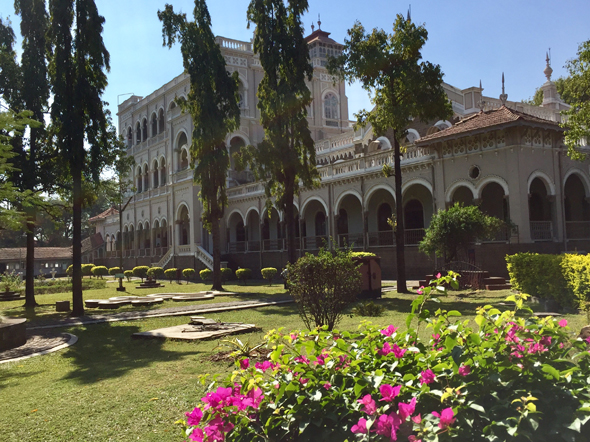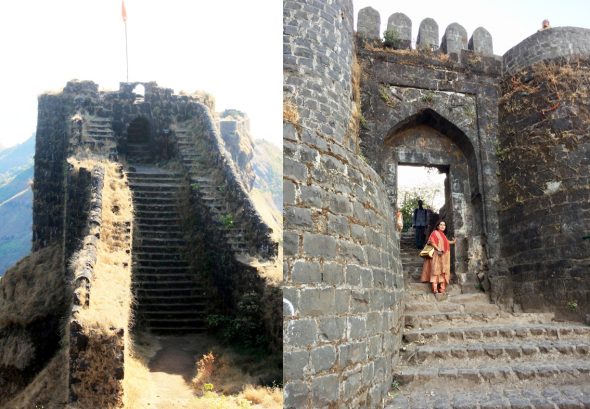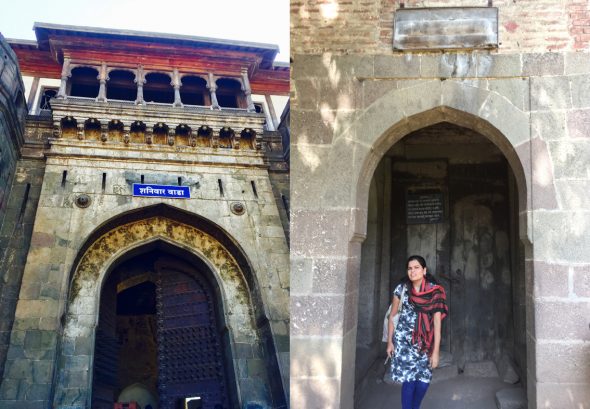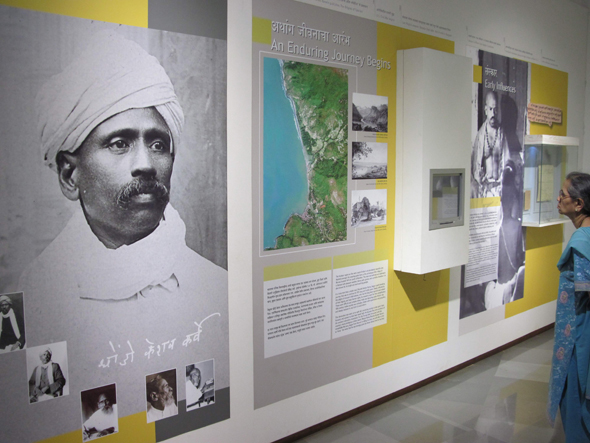Sightseeing in India Off the Beaten Path: Pune’s Medieval and Maodern Attractions
Saved under Community, Current Stories, Travel
Tags: Aga Khan Palace, Baytown, Clear Lake, Cypress, Desi news, Greater Houston, Houston, Houston Desi news, India, Indian American community, Indian News, Indians in America, Indo-American News, Katy, NRI, pearland, Peshwa Bajirao, Shaniwar Wada, south asia, South India, Sugar Land, Texas, USA

Aga Khan Palace was built by Sultan Muhammed Shah Aga Khan III in 1892. The palace was an act of charity by the Sultan who wanted to help the poor in the neighboring areas of Pune, that were drastically affected by famine.
By Pramod Kulkarni
On the Road: This is the fourth episode describing my wife Jyoti and I’s visit to India during Dec.-Jan. 2016. After a nine-day trip in Gujarat, we spent four days in Pune, the cultural capital of Maharashtra, visiting family and friends, and taking in some of the sightseeing attractions.
Rather than describe our visits in chronological order, it makes more sense to describe them in historical order. Maharashtra could be defined as a “great” state as well as the state of the Maratha people. Marathas, and in particular, Mavalas, who lived in the Western mountain valleys, are known as hardy farmers and warriors.

Sahyadri mountains on the Western edge of Maharashtra are dotted with fortresses built about two thousand years ago. Sinhgad (above) is 19 miles south of Pune at an elevation of 4,300 ft. Pune gate (right) is about halfway up.
It was Shivaji (1627-1680), who organized the Mavalas into a tough army that took on the mighty Mughals and the Adil Shahi kingdom, to carve out a kingdom of their own. We were able to visit one of their fortresses, Sinhgad, south of Pune. We managed to climb up to the halfway point at Pune Gate (see photo).
After Shivaji, the Maratha kingdom was split by his descendants into two halves, with their capitals in Kolhapur and Satara. The prime ministers (peshwas) of Chatrapati Shahu of Satara turned out to be a series of dynamic leaders, who became de facto rulers of the kingdom.

The premier tourist attraction in Pune is Shaniwar Wada, the palace built by Peshwa Bajirao I in 1732. This is the same Bajirao, whose paramour was Mastani. She was given a separate access to the palace (right).
The second in the line of Peshwas was Bajirao I, who never lost a battle and expanded the Maratha kingdom far north and south. Subsequent Peshwas controlled Delhi and reached as far north as Attock, near the border of Afghanistan. The first blow to Maratha power was their loss at Panipat to Ahmed Shah Abdali.
Bajirao I is the hero of the recent Bollywood movie, Bajirao Mastani. In Shaniwar Wada, the palace that Bajirao I built, there was a separate gate made just for Mastani’s goings and comings. British shelling in 1818 destroyed much of the seven-story palace. A fire in 1828 destroyed the palace buildings to its foundations.

Maharshi Dr. Dhondo Keshav Karve (1858–1962) was a social reformer, who took the lead in widow remarriage and the education of women.
There are remnants of an impressive lotus-shaped fountain: Hazari Karanje (fountain of a thousand jets). It was designed as a 16-petal lotus; each petal had 16 jets with an 80-foot arch.
We also toured the Aga Khan Palace, which is linked with India’s freedom movement. It served as a prison for Mahatma Gandhi, his wife Kasturba, his secretary Mahadev Desai and Sarojini Naidu.
A modern museum we saw in Pune was devoted to Maharshi Karve, a reformer at the turn of the 19th century, who encouraged remarriage for widows and education for women of all ages. The museum, an architecural marvel designed by Narendra Dengle, makes use of natural ventilation and skylights.
The next episode of this travelogue will cover some of the out-of-the-ordinary sightseeing attractions in Hyderabad.
